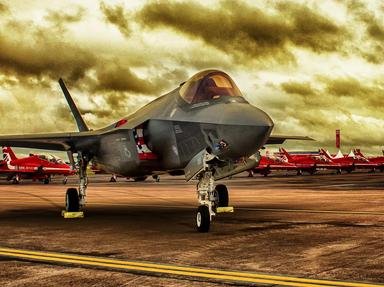Quiz Answer Key and Fun Facts
1. What was Sir Arthur Harris's 'nickname' ?
2. Where was Sir Arthur Harris born ?
3. The young Arthur Harris served in WWI and ended up a Squadron leader at what rank by the end of the war ?
4. Who was C-in-C Bomber Command at the outbreak of WW II ?
5. What did Sir Arthur Harris order on 30th May 1942?
6. The peak of Bomber Command's night offensive was achieved on 14th - 15th February 1945 with the devastating attack on which German city ?
7. What one unswerving belief, could 'Harris' be said, to have stuck to ?
8. What specific event was 'Harris', ignored and omitted from in January 1946?
9. In what year did Sir Arthur Harris die ?
10. Sir Arthur Harris was never 'honoured' for his service.
Source: Author
deadmeat
This quiz was reviewed by FunTrivia editor
gtho4 before going online.
Any errors found in FunTrivia content are routinely corrected through our feedback system.

